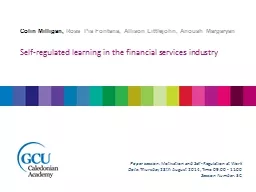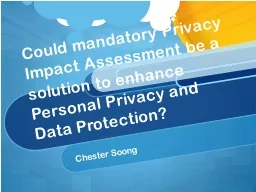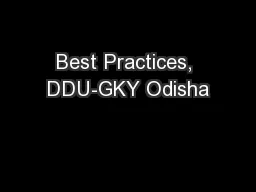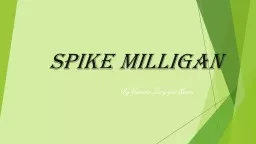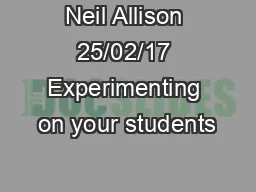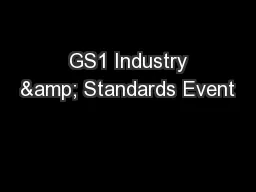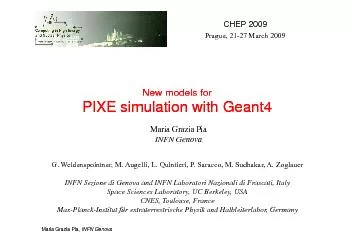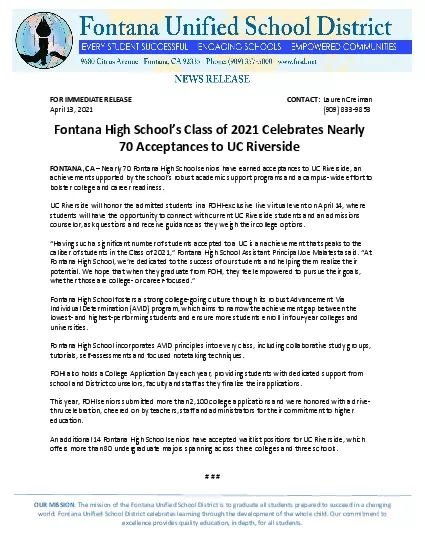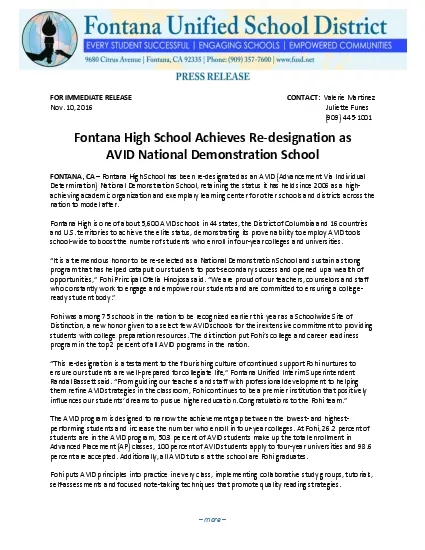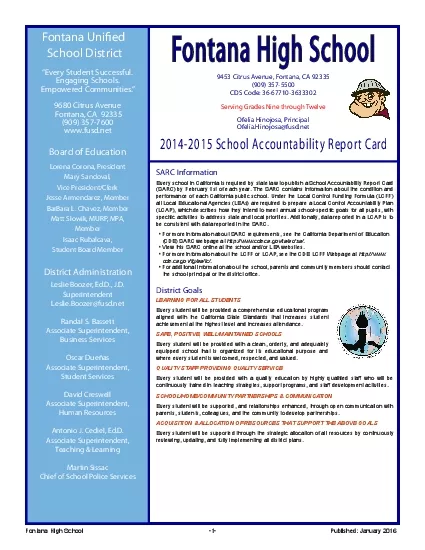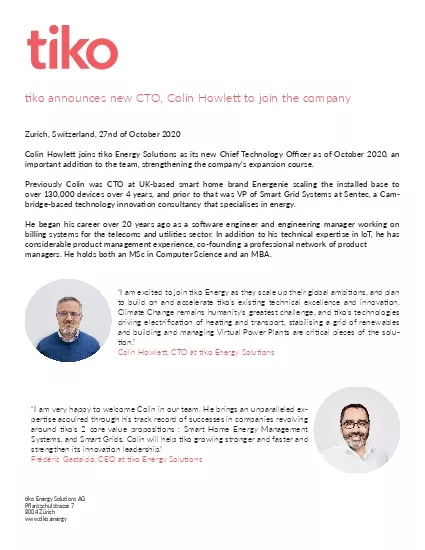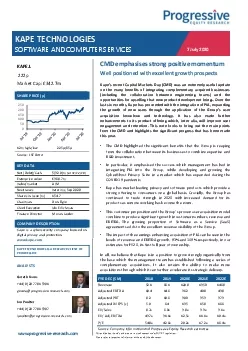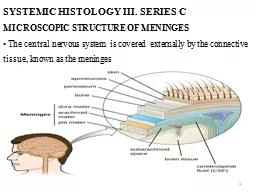PPT-Colin Milligan, Rosa Pia Fontana, Allison Littlejohn, Anoush Margaryan
Author : widengillette | Published Date : 2020-07-01
Selfregulated learning in the financial services industry Paper session Motivation and SelfRegulation at Work Date Thursday 28th August 2014 Time 0900 1100
Presentation Embed Code
Download Presentation
Download Presentation The PPT/PDF document "Colin Milligan, Rosa Pia Fontana, Allis..." is the property of its rightful owner. Permission is granted to download and print the materials on this website for personal, non-commercial use only, and to display it on your personal computer provided you do not modify the materials and that you retain all copyright notices contained in the materials. By downloading content from our website, you accept the terms of this agreement.
Colin Milligan, Rosa Pia Fontana, Allison Littlejohn, Anoush Margaryan: Transcript
Download Rules Of Document
"Colin Milligan, Rosa Pia Fontana, Allison Littlejohn, Anoush Margaryan"The content belongs to its owner. You may download and print it for personal use, without modification, and keep all copyright notices. By downloading, you agree to these terms.
Related Documents

